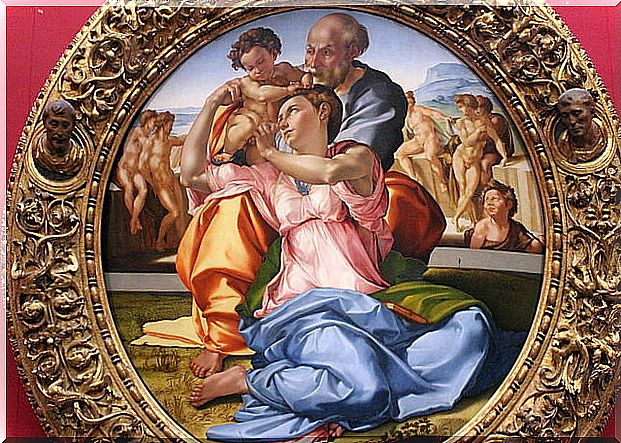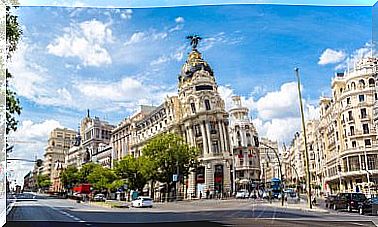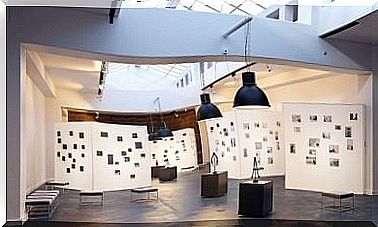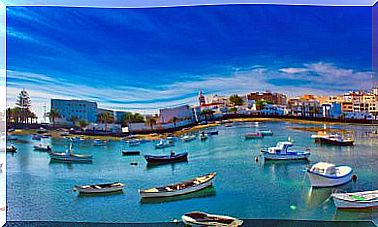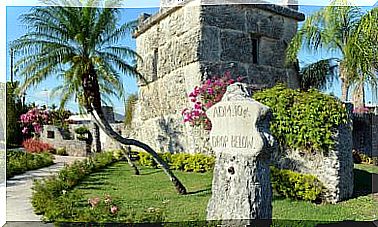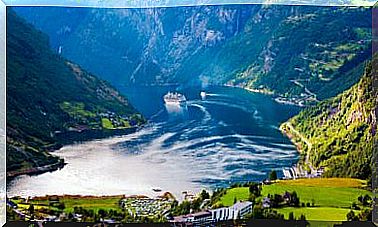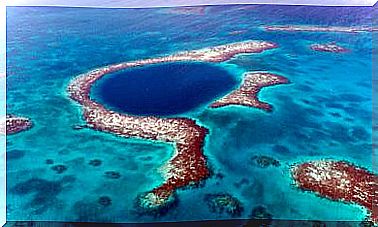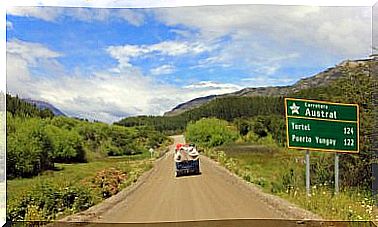Discover The Art Of Portraiture In Venice
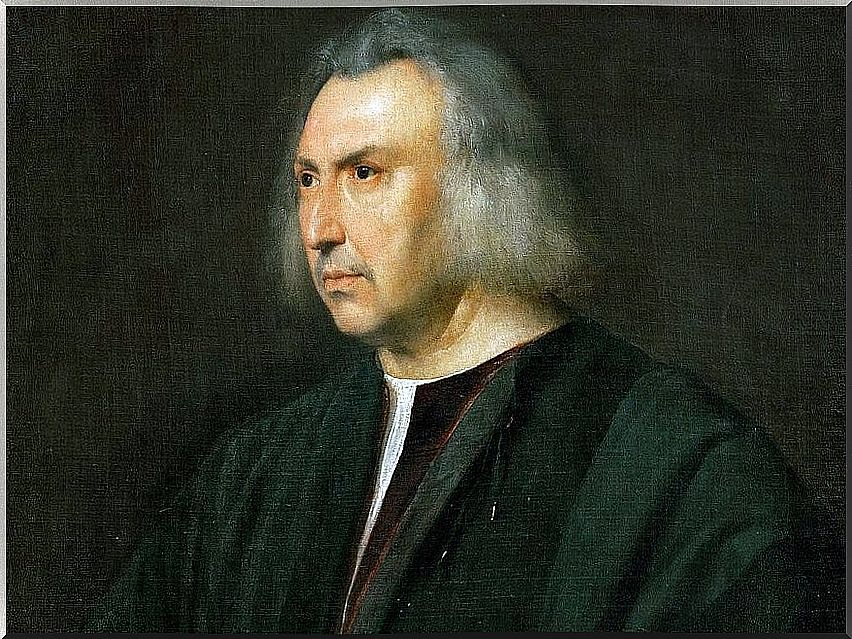
During the 16th century, the art of portraiture in Venice was to become one of the favorite genres of artists and their patrons. For the former because it was a field in which they did not lack commissions, at the same time that they had the opportunity to improve their art and experiment.
In the case of patrons, it was going to allow them to gain prestige. In fact, they have gone down in history as the models for some of the best portraitists in history.
The evolution of the art of portraiture in Venice
Venice became in the Renaissance one of the most powerful cities in Europe. It was a city with strong commercial links with the entire Mediterranean basin and where the powerful from half the continent came to do business. That is, in the capital of Veneto there was a lot of money and people eager to show that wealth with portraits that would make them pass on to posterity.
This, added to the innate charm of the city and the existence of a pictorial school with its own personality and different from the rest of Italian and European schools, created the conditions for the art of portraiture in Venice to reach sublime levels in the middle of the 19th century. 16th century with an artist like Titian. But before there was an evolution with the other protagonists:
Antonello da Messina
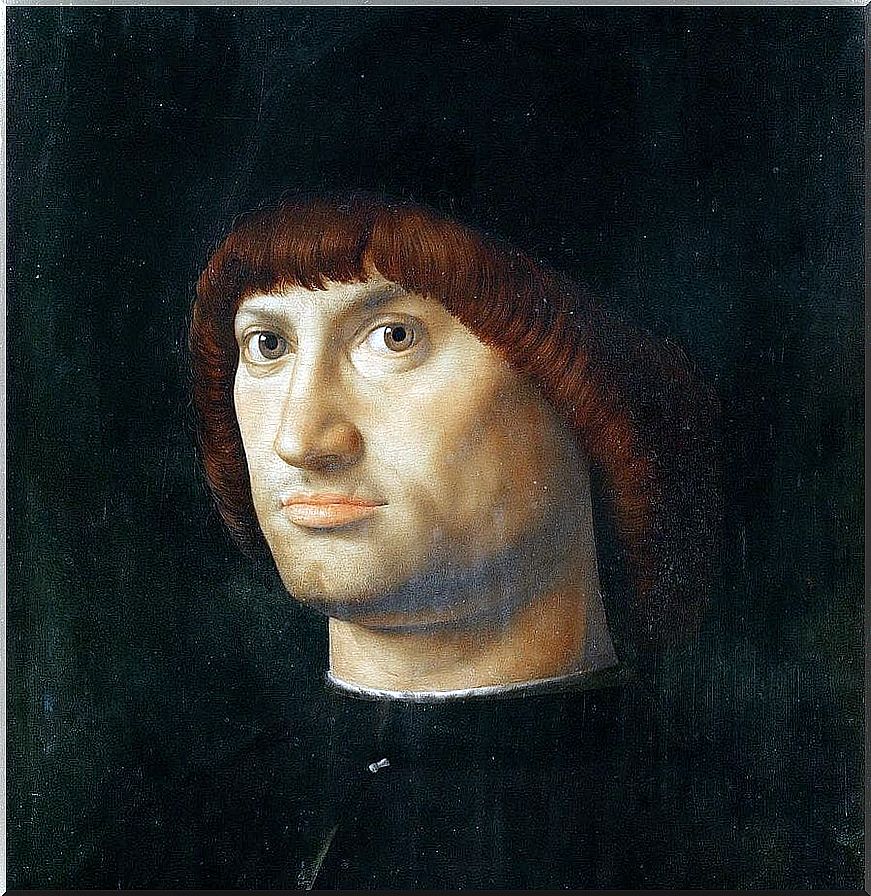
The history of portrait art in Venice, a city in northern Italy, begins with a painter from the south of the country, as Antonello de Messina was originally from the island of Sicily. However, he traveled to the Venetian city and there was a step forward in the development of the portrait genre.
Among all his production of portraits, one that he made around 1475 stands out and is entitled El Condottiero. It is a work that currently hangs in the Louvre Museum in Paris.
It is the bust of a man who looks us directly in the eye, almost challenges us to the spectators. It is of an absolute psychological penetration, and also of enormous realism without any adulation towards the character. Without a doubt, that was the first of the great works of portrait art in Venice.
Vittore Carpaccio
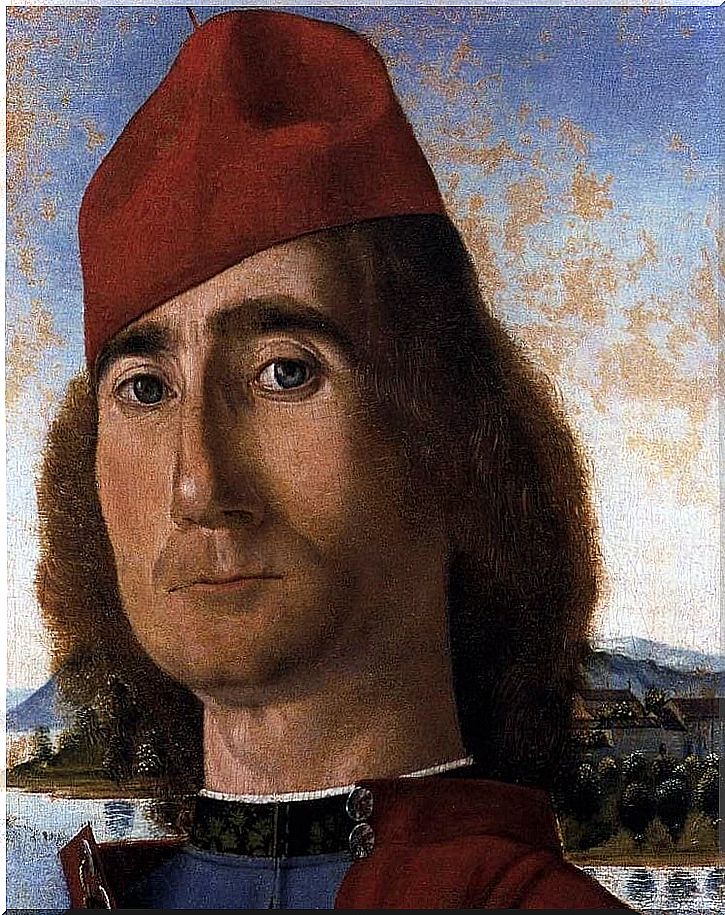
In the portraits of Antonello de Messina, a clear influence of Flemish art can be seen, especially in its realism. And that is also appreciable in those of Vittorio Carpaccio, author of works such as Portrait of a man with a red cap , from around 1490. However, Carpaccio introduced the value of the landscape in his works, which always helped to contextualize the personality of the person portrayed.
Giovanni bellini
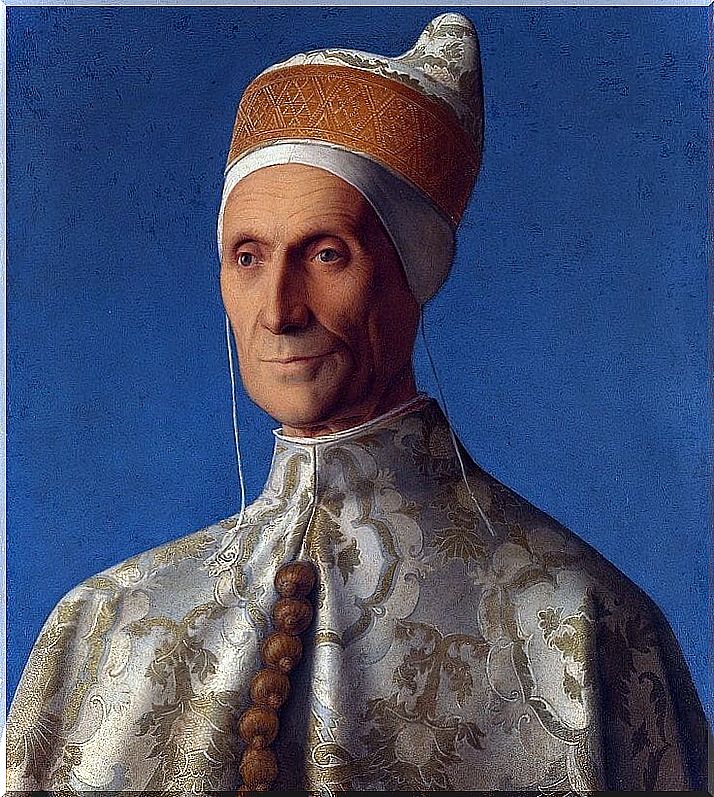
We come to one of the greatest representatives of the art of portraiture in Venice: Giovanni Bellini. He made numerous commissions throughout his life and some are true masterpieces of the genre, such as the Portrait of the Doge Leonardo Loredan. It is a jewel that he made in 1501 and that today is safeguarded by the National Gallery in London.
Without a doubt, we are before the effigy of a powerful character, the Doge of Venice. The painter dwells on each and every detail of his costume. And with that blue background it manages to give it an aura of majesty. But also, he manages to introduce us to a character who not only has the attributes and dignity of power, he also shows us as a man.
Lorenzo Lotto
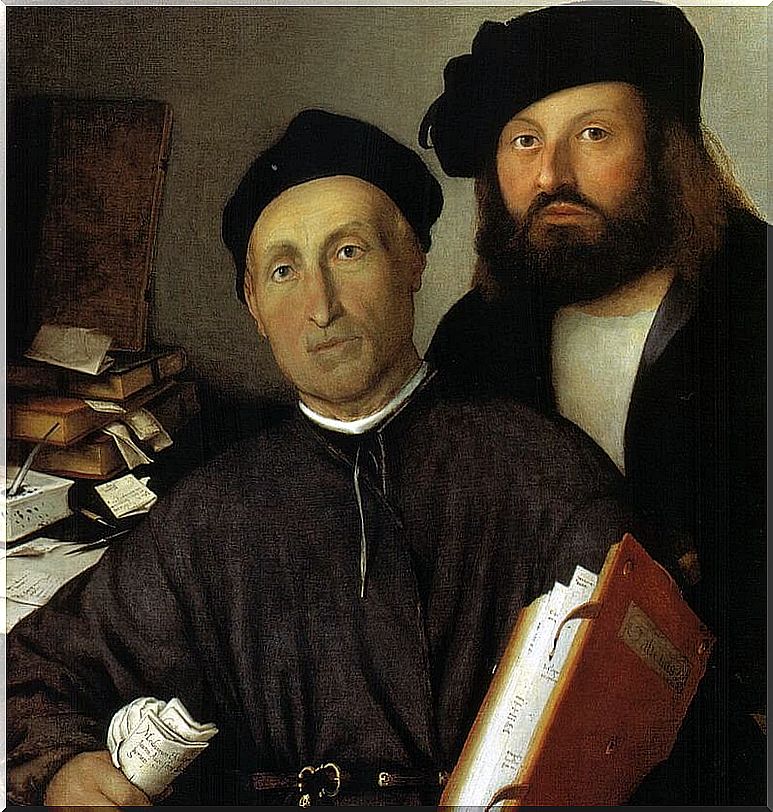
It represents another step in the evolution of the art of portraiture in Venice, as he did not paint the most powerful. His commissions came from the bourgeoisie, merchants and the liberal professions. That is to say, that in some way it represents a step towards the democratization of the portrait. An example may be the portrait he made of the doctor Agostino della Torre and his son Niccoló around 1516.
Titian, master of the art of portraiture in Venice
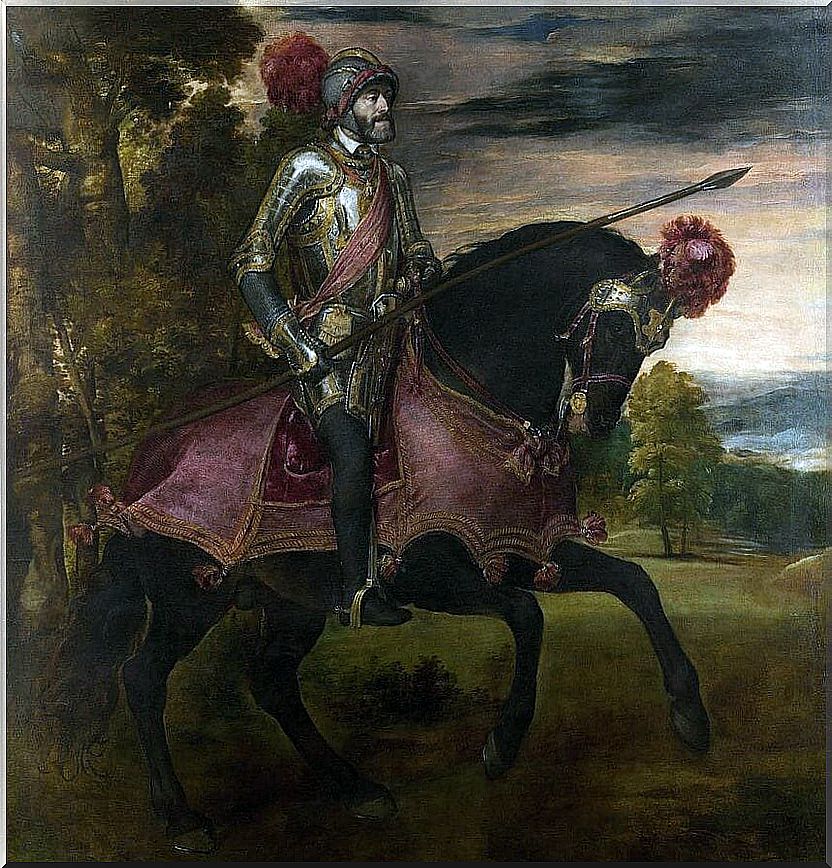
And finally, we come to the great master of the art of portraiture in Venice. In fact, he was an all-time great master of painting. Titian’s is a pictorial production in which there are masterpieces in all genres, from religious painting to mythology paintings. And, of course, his portraits stand out.
He made countless of them, but surely the most famous were made for the King of Spain, Carlos I, since he was his favorite painter. And for that reason, most of them can be seen in the Prado Museum in Madrid.
We could name several, but to summarize we will stay with the work Carlos V in the battle of Mühlberg in 1548. A painting that is one of the best images ever made of a ruler. A wonderful finishing touch to this walk through the evolution of the art of portraiture in Venice.
